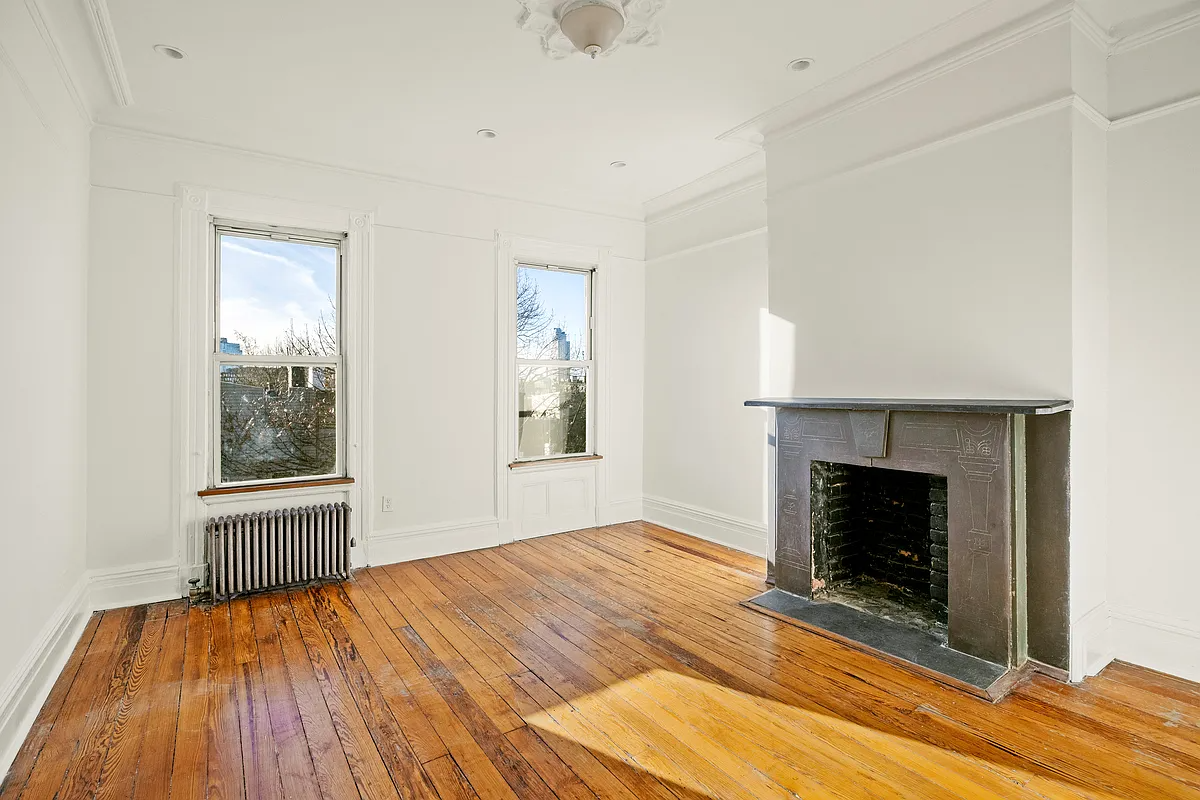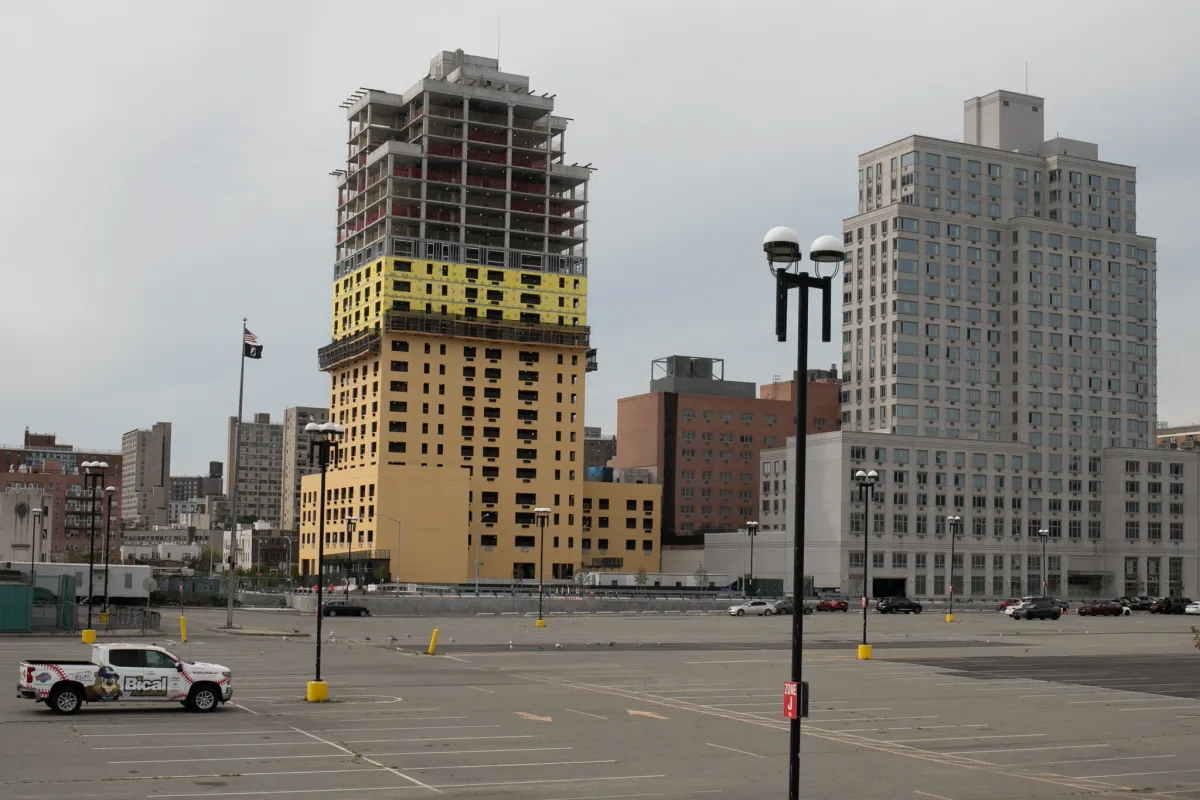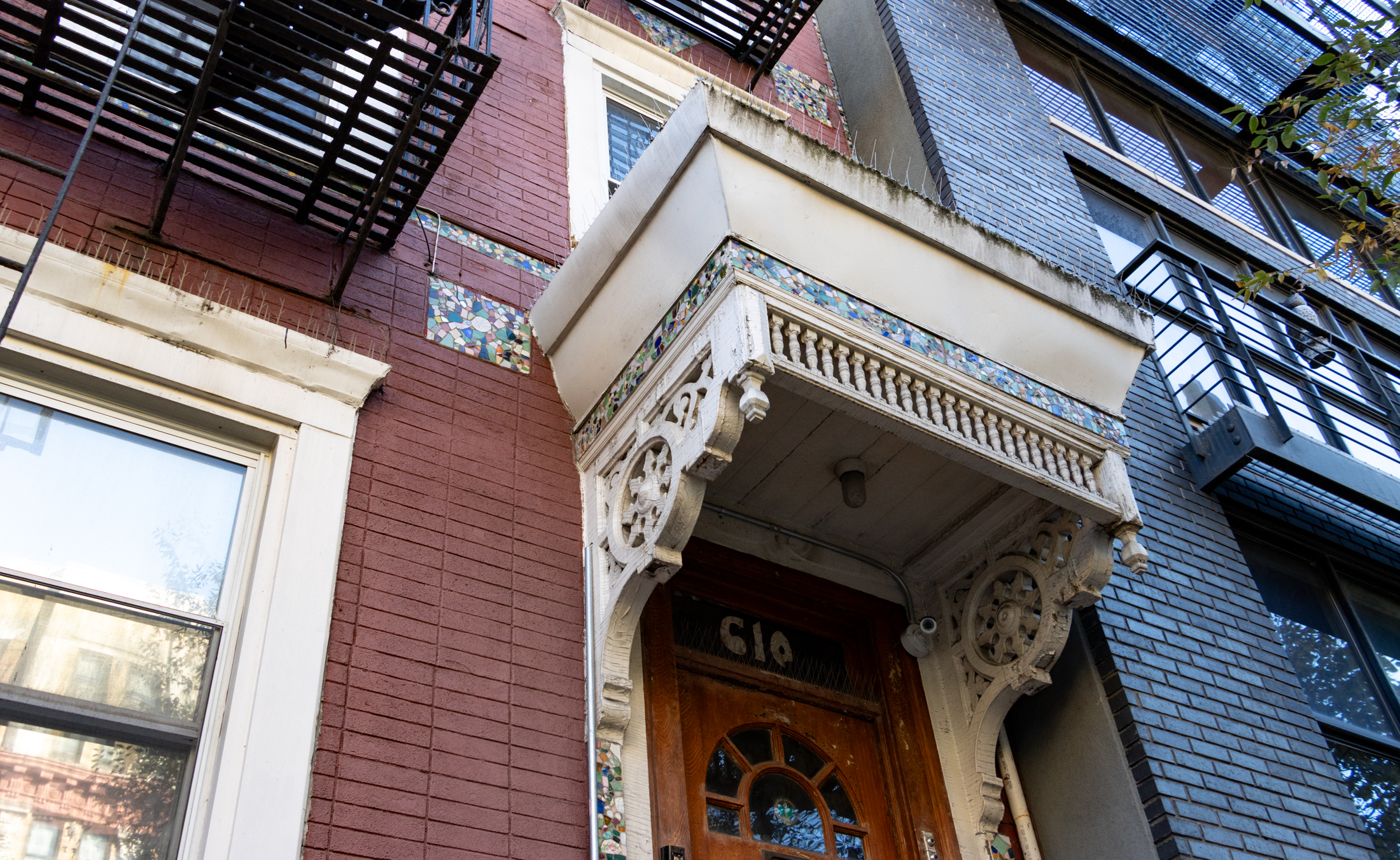What's it Like in Crown Heights?
That’s what Brooklyn Based has been asking, and two Crown Heights residents—a relative long-timer and a newcomer—are answering. The 12-year resident pays $864.72 for a fourth-floor walk-up, likes the transportation options and the West Indian Day Parade, and doesn’t like the violence, not surprisingly. Still she feels safe. The three-year resident moved to a one-bedroom…


That’s what Brooklyn Based has been asking, and two Crown Heights residents—a relative long-timer and a newcomer—are answering. The 12-year resident pays $864.72 for a fourth-floor walk-up, likes the transportation options and the West Indian Day Parade, and doesn’t like the violence, not surprisingly. Still she feels safe. The three-year resident moved to a one-bedroom for $1,100. She finds the lack of big box commerce—dry cleaners and fruit stands but few big chains—a reprieve from mall-ized Manhattan, and like the longtime resident, appreciates the new upscale restaurants moving in. But she makes a point: new residents, and the businesses that accommodate them, seem to have little to do with longtime residents. Crown Heights has long been known as a neighborhood of duality, with African-Americans and Orthodox Jews sometimes in conflict, sometimes in harmony, but now there seems to be another Crown Heights emerging. Thoughts?
Photo by sahadeva.





Montrose and BxGrl,
Enjoyed your comments, as always.
But African-American families owning Crown Heights houses “since the dawn of time,” BxGrl? You must be a young one to think a few decades was so long ago! It was more like the 1950’s, when I was growing up in the neighborhood. In my kindergarten photos from P.S. 41, most of the kids were white — Irish, Jewish, WASP.
Not that things didn’t change. And change fast. Between 1956 when my family arrived and 1962 when we moved, our part of Crown Heights (next to the historic district) went from mostly white to almost entirely black, thanks to block-busting among the row houses and absentee landlords who did everything they could to turn stable apartment buildings transient so they could jack up the rents.
What a scene it was. Old-time white shopkeepers on Nostrand Avenue, young cats with “conked” hair and do-rags sippy-sipping on the corners, hausfraus and the occasional nanny pushing strollers up and down the sidewalks, racially-mixed groups of kids riding their bikes and playing stick-ball on the streets. Encapsulating the new Brooklyn: The Jewish-owned corner grocery with the poster of the first African-American Balantine Beer girl in the window. (Funny what impresses a little kid. Do they even make Balantine any more?)
It took less than a decade for Crown Heights to change and since then it’s become even more complex. I don’t remember a West Indian presence at all. And as for Orthodox Jews, there were very few if any in my day. Now, apparently, multi-ethnic hipsters are moving in.
The lesson: New York neighborhoods never truly belong to anybody. And the future of Crown Heights is wide open.
Nostalgic on Park Avenue
here are links to some other crown heights photos–i chose the above one because I thought it was a lovely photograph, but i completely understand the objections. will think about this in the future.
http://flickr.com/photos/ilaria_papini/365472002/
http://flickr.com/photos/42369197@N00/2358845897/
http://flickr.com/photos/nrvlowdown/2068714281/
http://flickr.com/photos/nrvlowdown/2068715289/
If you are correct, ENY, technically, that’s Bed Stuy, as it’s on the north side of Atlantic Ave. Not that it matters, other than it is a particularly unflattering streetscape for an article that proposes to give a true sense of life in Crown Heights. The original article by Brooklyn Based used a photo from the Crown Heights North Association’s (CHNA) website, which has a large archive of photos of the landmarked area. Even the least flattering of those would have been more indicative of most of the area, much more than this one. One would not do a story on Park Slope and then use a photo of the auto repair shops on 4th Ave to illustrate it.
Sorry, Lisa, but very poor choice of photo, here.
That photo reminds me of Baltimore.
I have my thoughts on why that photo was used. None of them particularly positive. Any explanations, Lisa?
“Yeah, Petebklyn, that photo certainly is not indicative of the vast majority of Crown Heights blocks. I know the area pretty well, and I don’t know where this is, at all.”
I believe this is Herkimer Street, east of Albany Avenue, although I may be mistaken.
Ibis-The strong sense of community is a major reason why I love living here. My apartment is wonderful, a friend is my landlord, but if I didn’t love the neighborhood I wouldn’t be here.
Sure some people are less than friendly – but they’re hardly unique to Crown Heights. What I have found here is a neighborhood much like the one I grew up in, filled with hardworking people of different backgrounds who think in terms of neighborhood and community.
I’m a bit puzzled, too, by the photo used to illustrate this post. Crown Heights has some of the finest residential architecture in NYC, although certainly there are blocks like the one in the photo above.
Yeah, Petebklyn, that photo certainly is not indicative of the vast majority of Crown Heights blocks. I know the area pretty well, and I don’t know where this is, at all. I’m guessing over on the western end of the neighborhood, where it meets Brownsville and East NY.
To get a true sense of the neighborhood, put the Crown Heights North House Tour on the calendar, Saturday, Oct. 4th.